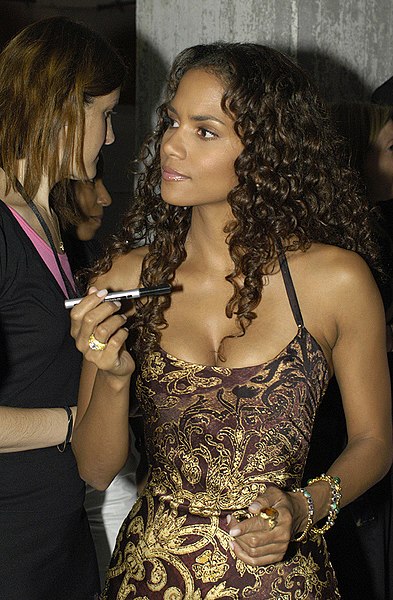We’ve all heard of the ‘strong female character.’ She takes no crap, she’s tough and resourceful, a little cold and just sexy enough not be scandalous. Think Angelina Jolie’s character in the 2008 film Wanted or, more recently, Scarlett Johansson’s Black Widow of the Marvel Cinematic Universe.
Now, there’s nothing inherently wrong with these types of characters – the issue is how they are written or depicted within their respective films, and the underlying concern of what this means for the filmmaking industry as a whole.
Specifically, that although there are plenty of female characters onscreen, there isn’t enough in the director’s chair dictating how these women should behave to reflect reality.
So, what exactly is the problem with the ‘strong, independent’ stereotype and characters like it? Why does it matter that we address these concerns, and how should we do it?
Perhaps as a way of addressing women’s valid concerns over the ‘damsel-in-distress’ and the modern ‘girl-next-door’ tropes, storywriters introduced the ‘strong, independent woman.’ What differentiates her from the traditional damsel trope is that, seemingly on the outside, she’s independent and tough, but from what I’ve seen in film this is a bit of a misconception.
In movies where the strong woman is playing second-fiddle to a tougher male lead, we find ourselves with the same tired tropes as before: a damsel either in need of saving (by her male counterpart) or fit into the role of his love interest (I’m thinking of Wanted here, where although Jolie’s character saved and subsequently trained James McAvoy’s protagonist, she needed saving by him – fitting both tropes).
In essence, storywriters have confused ‘strength’ with ‘agency’, where there are plenty of better-written stories that exist where the female lead isn’t necessarily tough and masculine, but still have authority over their own story (Legally Blonde [2001] being one of the better examples).
On the other hand – and someone on the internet said this better than me somewhere – when strong women are placed in typical ‘male’ lead roles, they take on the same stereotypes and sexist issues as their male counterparts without any forethought into how the environment might have shaped her differently as a woman – she’s nothing but a male reskin, dressed up to be empowering and progressive, when this hardly represents women in reality at all.
And when a woman is eventually given agency, she is still nonetheless presented to the audience through the male gaze (and we get a disaster like Catwoman [2004]) – a film that I admittedly enjoyed as a young and impressionable young girl because, well, who wouldn’t want cat-powers and the face of Halle Berry?

So, how can we fix the way women have been let down in typical media? The most obvious answer is to have more women and non-binary people involved in the filmmaking process, but of course nothing is that simple. The ‘Celluloid Ceiling’ refers to the male-dominated system of filmmaking in which males dominate all levels of the business, from hiring to delegating work. Because men occupy so many levels of the system, not only is it difficult for non-male individuals to get hired, but it’s seemingly impossible for them to climb the corporate ladder.
To make matters worse, men obviously won’t hire individuals without experience, but non-males simply aren’t being given enough opportunities to gain the experience necessary in comparison to men. It isn’t enough to hire more non-males, either – it is essential to place women and non-binary individuals in high positions where they can make lasting change within the industry.

Women and non-binary folks in high positions can hire more non-male directors, advocate for more positions within lower levels of the industry, endorse scripts and films, address sexism and misogyny within the industry and advocate for representation for minorities. This may also open the door to underrepresentation in filmmaking for other minorities who now face similar issues as well.
To cut it short, the best way to address terrible, cliched and often sexist tropes in media is to have more women and non-binary folks involved in the making of films (this is true for the literary world as well), and that lasting change needs to be enacted on a fundamental level.
Feature image used with permission (Creative Commons). Free-photos <https://pixabay.com/photos/movie-reel-projector-film-cinema-918655/>
